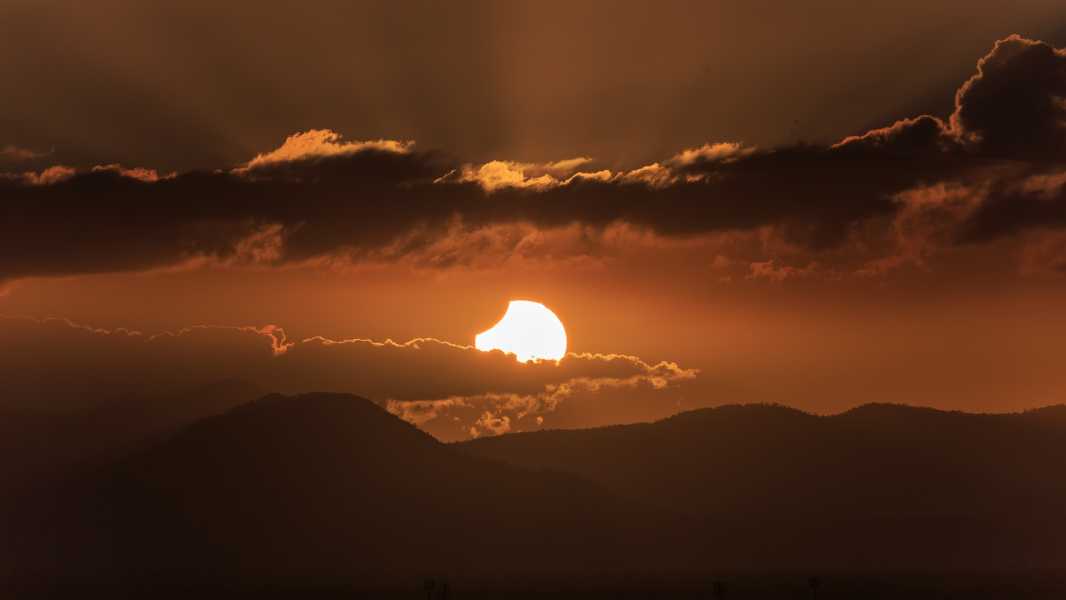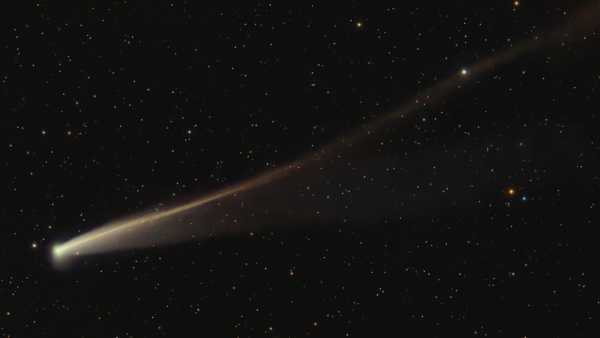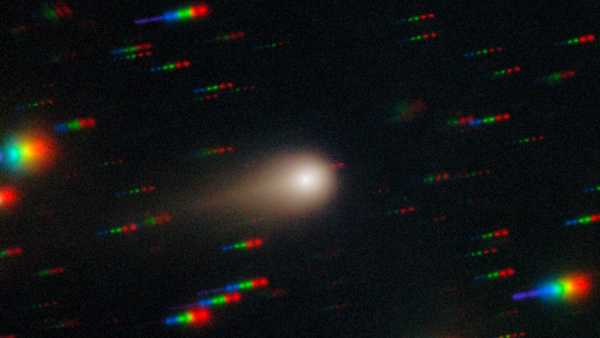
On March 29, 2025, the Moon will block out up to 93% of the Sun. (Photo credit: Phil Kopp via Getty Images)
On March 29, a deep partial solar eclipse will be visible across much of the northeastern United States and eastern Canada, as well as northwestern Europe, northwestern Africa, and northern Russia, as the Moon takes a bite out of the Sun from our perspective on Earth.
A lucky group of people from 13 states will be able to view the solar eclipse at sunrise, but the exact time you can see the celestial event — the first solar eclipse of the year — will vary depending on your location.
What time will the solar eclipse occur on March 29?
According to Time and Date, the eclipse will officially begin at 4:50 a.m. ET and end just under four hours later at 8:43 a.m. ET. However, that won't tell you exactly when you'll be able to see it, when the eclipse will peak, or how long it will last in your specific location.
The easiest way to find out the exact time for your area is to enter your city or address into this eclipse map, which will give you a full schedule of the eclipse start time, sunrise time, maximum eclipse time, and end time for your location. It will also tell you where in the sky to look, as well as simulate what you will see.
For example, in Boston, sunrise will occur at 6:31 a.m. EST at an azimuth of 85 degrees (measured clockwise from due north), or slightly north of due east. The eclipse will reach its maximum (43%) shortly thereafter at 6:38 a.m. EST, 1 degree above the horizon. The eclipse will end at 7:07 a.m. EST, when the Moon leaves the Sun at 6 degrees due east.
In New York City, sunrise will occur at 6:44 a.m. ET and will also be at 85 degrees. The eclipse will reach its maximum (21%) at 6:46 a.m. ET, when it is on the horizon, and will end at 7:04 a.m. ET, when it is 3 degrees above the horizon.
Because the eclipse is very low on the horizon in North America, it is best to be in a coastal area to see the sunrise over the ocean or to watch from a higher elevation. Furthermore, because this is a partial solar eclipse, viewers should use protective eyewear at all times, whether it is certified solar eclipse glasses or a backyard telescope with solar filters installed.
Across Europe, the eclipse will be a mid-morning event. The sun will be eclipsed to a much lesser degree, but will be much easier to see than in North America because it will be higher on the horizon. In London, for example, the eclipse will begin at 10:07 a.m., peak at 11:03 a.m. at 31%, and end at midday. The entire event there will be high in the southeastern sky, making accuracy much less important.
The Sun Quiz: How Well Do You Know Our Home Star? TOPICS Solar Eclipse

Jamie CarterSocial LinksNavigationLive Science Contributor
Jamie Carter – Freelance
Sourse: www.livescience.com





